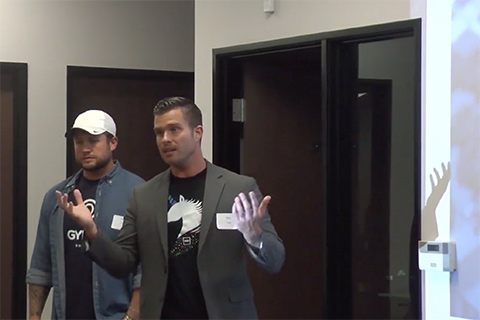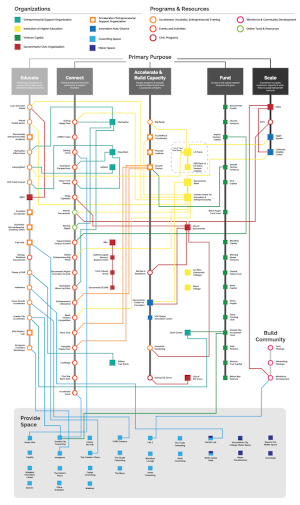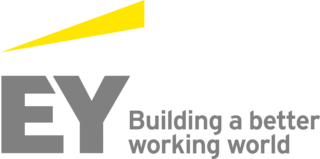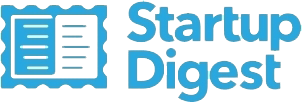For most startup founders, pitching to investors is a given. You’re looking for money to fund the development and growth of your idea. But many founders don’t understand what investors are interested in hearing from the startups that are pitching them. Wouldn’t it be helpful if startup founders could get some tips and advice from founders who have experience pitching investors and getting funding?

Gabe and Nick discuss perfecting your pitch to investors
With that in mind we organized a workshop last summer to help founders learn how to prepare to pitch to investors. Using examples from their own hard-fought experience and their own decks and business plan, Gabe Gomez and Nick Trosko, co-founders of SAAS gym management platform Gymhit, shared key insights and lessons they’ve learned raising money from investors. Following are a few highlights and takeaways from that workshop.
The first thing to understand is the investor mindset. In most pitches founders spend a big chunk of their precious time talking about their product in detail. But, most investors don’t care about your how your product works. What do they care about?
Investors care about:
- What’s the market size?
- Are you the right team to do it?
- How are they going to get their money back 10X
Two Different Decks
With that key insight in mind, Gabe and Nick’s approach involves two different pitch decks, what they refer to as the “Investor Deck” and the “Pitch Deck.” The Investor Decks are sent out via email with a lot of informative detail. Pitch Decks are used when they’re in a meeting pitching an investor in person or pitching on stage at a demo day. Below, we’ll look at each in detail, but first, a key takeaway.
Takeaway #1
Keep it short. You’re one of a thousand that has sent a deck. Investors likely won’t read long decks. The quicker you can get your information across, the better. For investor decks sent via email, aim for about 10 slides. You read that right, 10 slides, not 20 or 30. When you send an investor a deck, they won’t read through it word by word. They will rapidly click through it. If you’ve got information overload on your decks they’ll just click through at a rate that’s too fast to read the details.
Investor Deck
- Send out via email
- Very informative
- ~10 slides
General advice on the Investor Deck
Headlines of the slides should actually say what the problem, solution, market, etc. is. Rather than saying just “Problem” for example. Investors are so busy that they’ll likely only read the headline of the slide and not read down to where you actually say what that problem is. So state what the problem is so that is what gets read rather than “Problem.” For example, don’t say, “Problem” as the header of a slide, say something like, “Current solutions are difficult and unreliable.” Say that at the top of your slide in big bold text that they can’t miss. If they’re intrigued, they can read more details on the rest of the slide where you explain in more detail.
“If people want to read more they can dive down but they can get the idea just reading the header.”
Investor Deck Outline
- Title – one line about who you are and what you do. Be concise and short.
- Team
- Problem
- Total Addressable Market (TAM) – 3 most important things that someone who doesn’t know your market will ask:
- Express the dollar amount of your TAM
- Express the number of businesses – how many people are you able to sell to
- Express the number of customers – how many end users of your platform/product
- Solution
- What sets your team apart
- Your Traction – what the investor should remember about your team. These are the KPIs that you’ll be delivering to your investors on a regular basis
- # of users
- MRR or ARR
- Extras
- About the industry
- What you’ll do with the money
- Programs they’ve you’ve been in – “Brag Page.” Put awards, high level degrees, etc.
- Contact info
Pitch Deck (for a 2-3 minute pitch)
- Presented in person
- Consolidation of the Investor Deck with talking points
- 6-7 Slides
- No headers on these slides
Takeaway #2
When you’re giving a pitch, you’re telling a story, you’re giving a performance. Visuals help. Use big, bold graphics.
“I don’t want you reading anything. I want you to listen to me.”

Nick Trosko pitching at Acceleprise
Pitch Deck Outline
- Title slide with contact info
- Addressable Market
- Team
- Problem
- Solution
- Traction
- Contact Information
Pitching Advice
- For each slide of their pitch deck, they’ve got a paragraph memorized that they tell. They’re not reading the slides.
- Never hand out decks to people. They’ll read that and not listen to you. You can hand it out afterwards but not before you pitch.
- For pitching to investors, don’t tag team. One person should pitch. Both co-founders should be able to pitch if needed, but some investors will allow only one person up there at a time and if you don’t know the whole pitch because you’ve relied on tag-teaming, you’re screwed.
- When you’re at a pitch event, there may be 30 other companies. The investors in the audience are going to be distracted after sitting through so many pitches. They’ll be checking their phones, texting, taking calls, so you need to make sure you drill in the traction, KPIs. “Here’s what I want you to remember about {you startup name}”
- If you’re in an industry that people may not normally invest in, include a slide that covers “Here’s what you need to know about Industry X” and highlight some success stories in the industry – companies and valuations.
- You need to be concise and to the point. If they can’t see the opportunity in ten seconds, you’ve lost them.
- Have backup slides that you can send if/when people request more information
Want to learn more about Gabe and Nick’s startup journey? Check out this interview.














